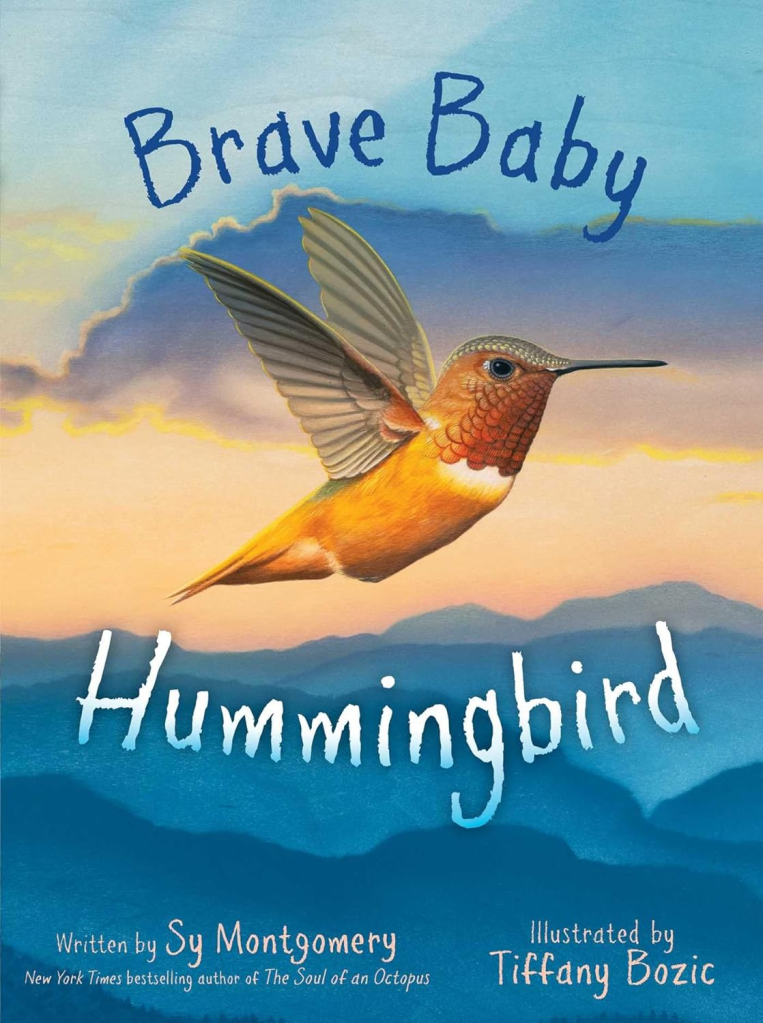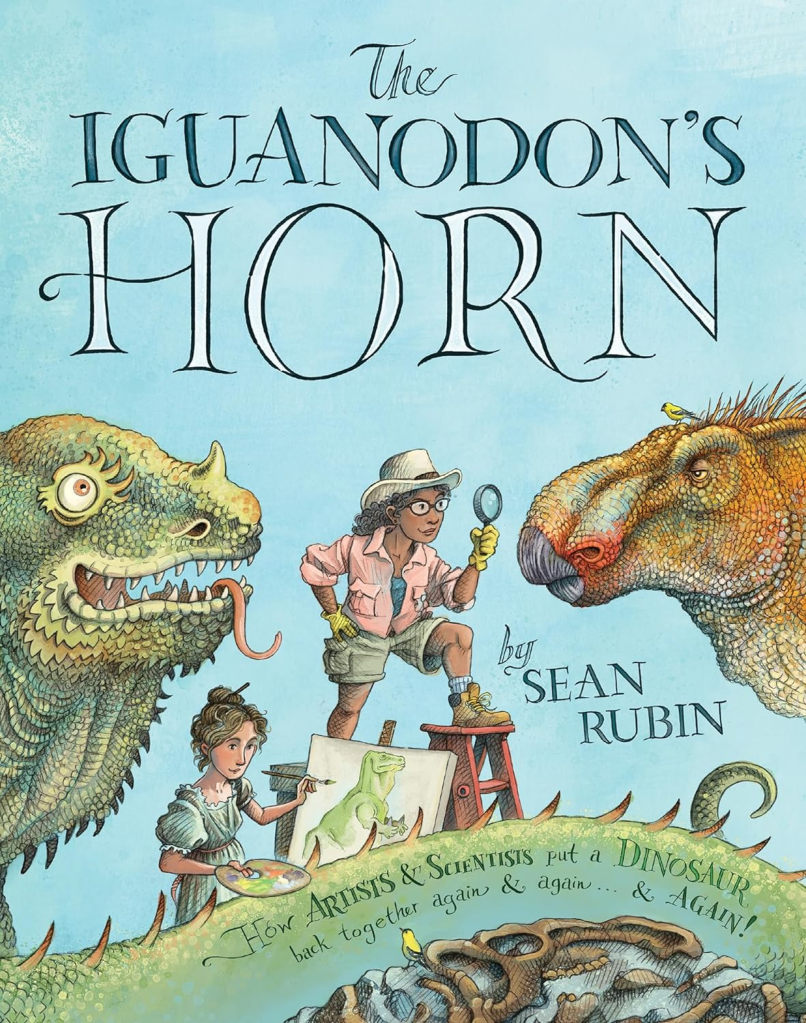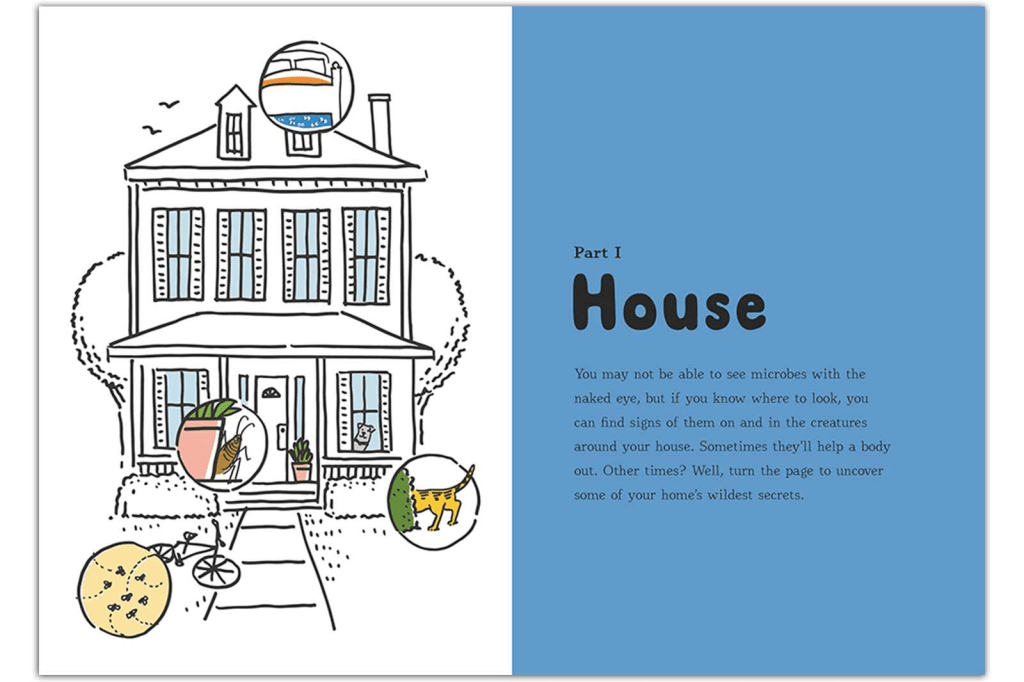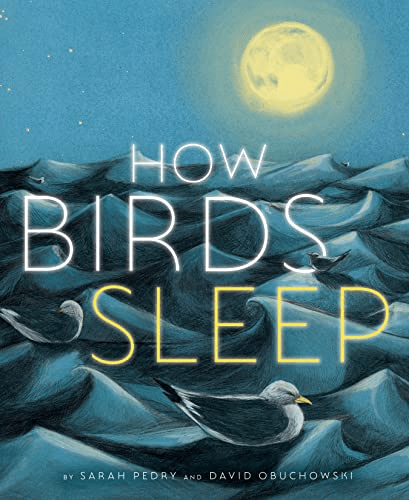Unicorn Boy by Dave Ryan (First Second, 208 pages, grades 3-7). Brian leads a pretty ordinary life until the day a unicorn horn sprouts from his head. He tries to ignore, remove, or hide the horn, but there’s no getting around the fact that it’s there to say…and did I mention that the horn sings? A talking muffin turns out to be a cursed wizard who offers some help, and Brian’s best friend Avery is always a source of support, that is, until Avery is kidnapped by evil shadow creatures. Before long, Brian learns that his unicorn horn gives him superpowers, leading him on a quest to rescue Avery. There’s plenty of adventure along the way, and Avery discovers their own superpowers. The two friends look forward to additional adventures, as, no doubt, will the reader.
Ant Story by Jay Hosler (HarperAlley, 160 pages, grades 3-7). Rubi is a cartoon ant living in a colony of regular ants. She tells the other ants stories and talks to herself nonstop, but never gets to have a real conversation until she meets Miranda. At first Miranda seems to be a talking ant, but eventually they learn that she is a phorid, a parasitic insect who lays its eggs inside of ants’ heads, eventually destroying them. Despite their adversarial natures, the two become friends, and Rubi takes Miranda on a tour of the ant world, filled with dangers, adventures, and narrow escapes. The two fly off together on the last page (thanks to Miranda’s newly developed wings), hoping for a “happily ever after” life together.
Both of these are fun graphic novels that are sure to find an enthusiastic audience. As he did in The Way of the Hive, Jay Hosler brings entomology to life, portraying ants through exciting stories and a certain amount of gross-out factor that is sure to be appreciated. As for Unicorn Boy, I was literally laughing out loud all the way through, and I’m sure kids will be eagerly anticipating a sequel.





















